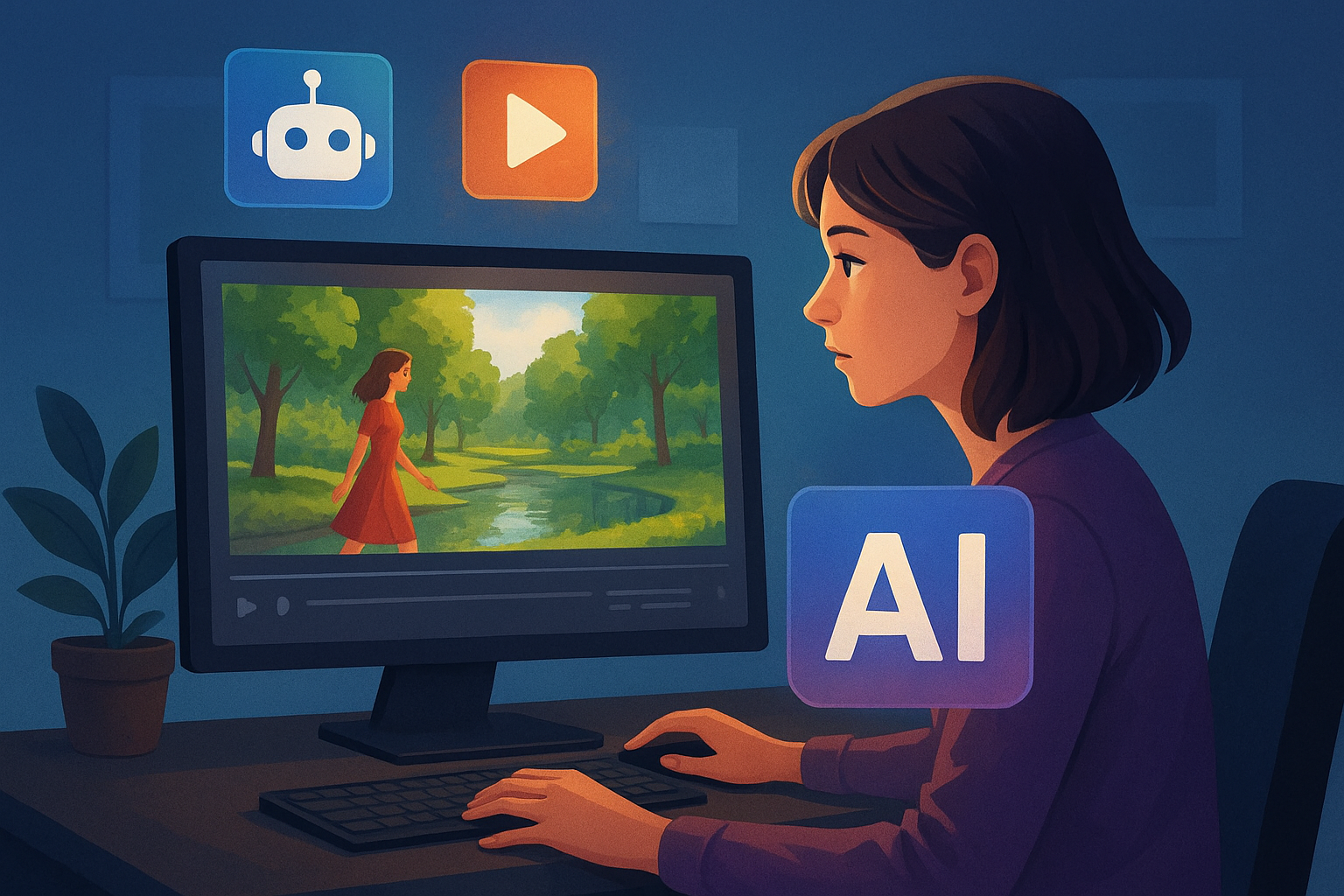- Blog | Grok Imagine Video Generator
- The Best AI Video Models Shaping the Future of Creation
The Best AI Video Models Shaping the Future of Creation

The landscape of digital content creation is undergoing a seismic shift, and at the epicenter of this transformation are generative AI video models. Once the realm of science fiction, the ability to generate high-fidelity, coherent, and often stunningly realistic video from simple text prompts or static images is now a reality. As of October 2025, a handful of pioneering models have risen to prominence, each offering a unique suite of features and capabilities that are empowering creators and reshaping the boundaries of visual storytelling. From the cinematic prowess of OpenAI's latest models to the integrated audio of Google's Veo 3, and the accessible creativity of platforms like Pika, Runway, and Kling, the era of AI-driven video is in full swing.
OpenAI's Sora: The Cinematic Powerhouse
OpenAI's Sora series continues to be a benchmark for quality and realism in the AI video generation space. The original model captivated users with its ability to produce videos of up to a minute in length with remarkable visual consistency. However, the creative community is now buzzing about the latest iteration, sora 2, which you can experience at the provided link. This new version represents a significant leap forward, building on the foundation of its predecessor with enhanced physics, sharper realism, and even synchronized audio capabilities.
What truly sets Sora 2 apart is its deeper understanding of the physical and cinematic world. The model can simulate complex interactions with startling accuracy while adhering to nuanced user direction with high fidelity. This makes it an invaluable tool for filmmakers, advertisers, and artists looking to prototype ideas, create stunning visual effects, or even generate entire short films. With the launch of Sora 2, OpenAI has not just upgraded a tool, but has expanded the toolkit for storytelling and creative expression, further solidifying its position as a leader in the field.
Google's Veo 3: A Symphony of Sight and Sound
Google has firmly established itself as a major contender with its Veo series of models. The latest iteration, veo 3, has made significant strides, particularly with its groundbreaking ability to generate synchronized audio alongside video. This integrated approach to creation sets it apart from many of its competitors, allowing for the generation of 8-second, 720p video clips complete with ambient sounds, sound effects, and even rudimentary dialogue.
Accessible through Google Vids and the Gemini API, Veo 3 is not just about novelty; it's about creating a more holistic and immersive viewing experience from the outset. Hands-on reviews have praised its capacity for generating stunning B-roll and atmospheric visuals with a strong understanding of cinematic language. For creators who value the interplay between visuals and sound, Veo 3 offers a compelling and increasingly powerful toolkit.
Grok Imagine: Speed, Spice, and Accessibility
In a move that has democratized access to AI video generation, xAI's grok imagine is now available for free to all users. This model has carved out a niche for itself with its incredible speed and user-friendly image-to-video workflow. While it may not yet boast the extended video lengths or the hyperrealism of Sora, Grok Imagine excels at quickly transforming static images into dynamic, short video clips, making it a favorite for social media content, memes, and rapid creative experimentation.
One of Grok Imagine's more talked-about features is its "Spicy Mode," which offers fewer restrictions on the type of content that can be generated, appealing to a user base looking for more creative freedom. This, combined with its seamless integration into the Grok platform, positions it as a powerful tool for engaging audiences in the fast-paced world of online content.
The Creative Arsenal: Runway, Pika, and Kling
Beyond the offerings from the tech giants, a trio of specialized platforms has garnered dedicated followings by catering to the diverse needs of the creative community.
Runway Gen-3 continues to be a go-to for artists and designers, offering a sophisticated suite of tools for fine-grained control over video generation. Its multi-motion brush and advanced camera controls allow for a level of directorial input that is unparalleled in the space. For those who want to do more than just generate a video, but truly craft it, Runway provides a powerful canvas.
Pika Labs has made a name for itself with its whimsical and highly stylized outputs. Features like "Pikaffects" allow users to apply playful and impossible physics to their creations, from making objects melt to having them explode into a shower of confetti. Pika's focus on creative expression over photorealism has made it a hit with artists and social media creators looking to develop a unique visual identity.
Kling, developed by Chinese tech company Kuaishou, has emerged as a dark horse, impressing users with its ability to generate longer-form videos that maintain a high degree of character consistency. This has been a significant challenge for many AI video models, and Kling's proficiency in this area makes it a promising tool for narrative storytelling and character-driven animations.
The rapid evolution of these AI video models is not just a technological marvel; it is a catalyst for a new wave of creativity. As these tools become more accessible, powerful, and nuanced, they are breaking down the traditional barriers to high-quality video production. The future of content creation is here, and it is being written, frame by AI-generated frame.
